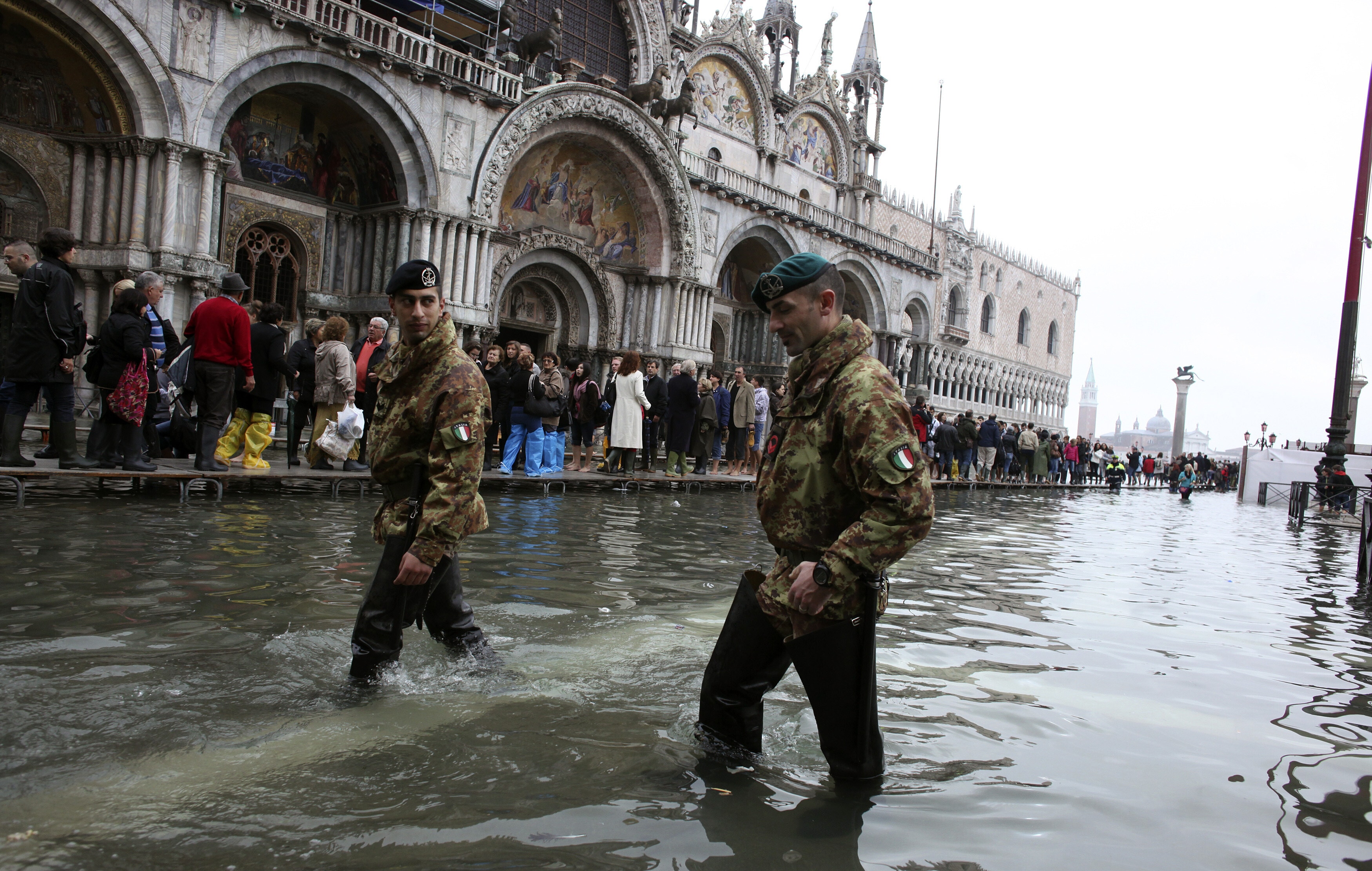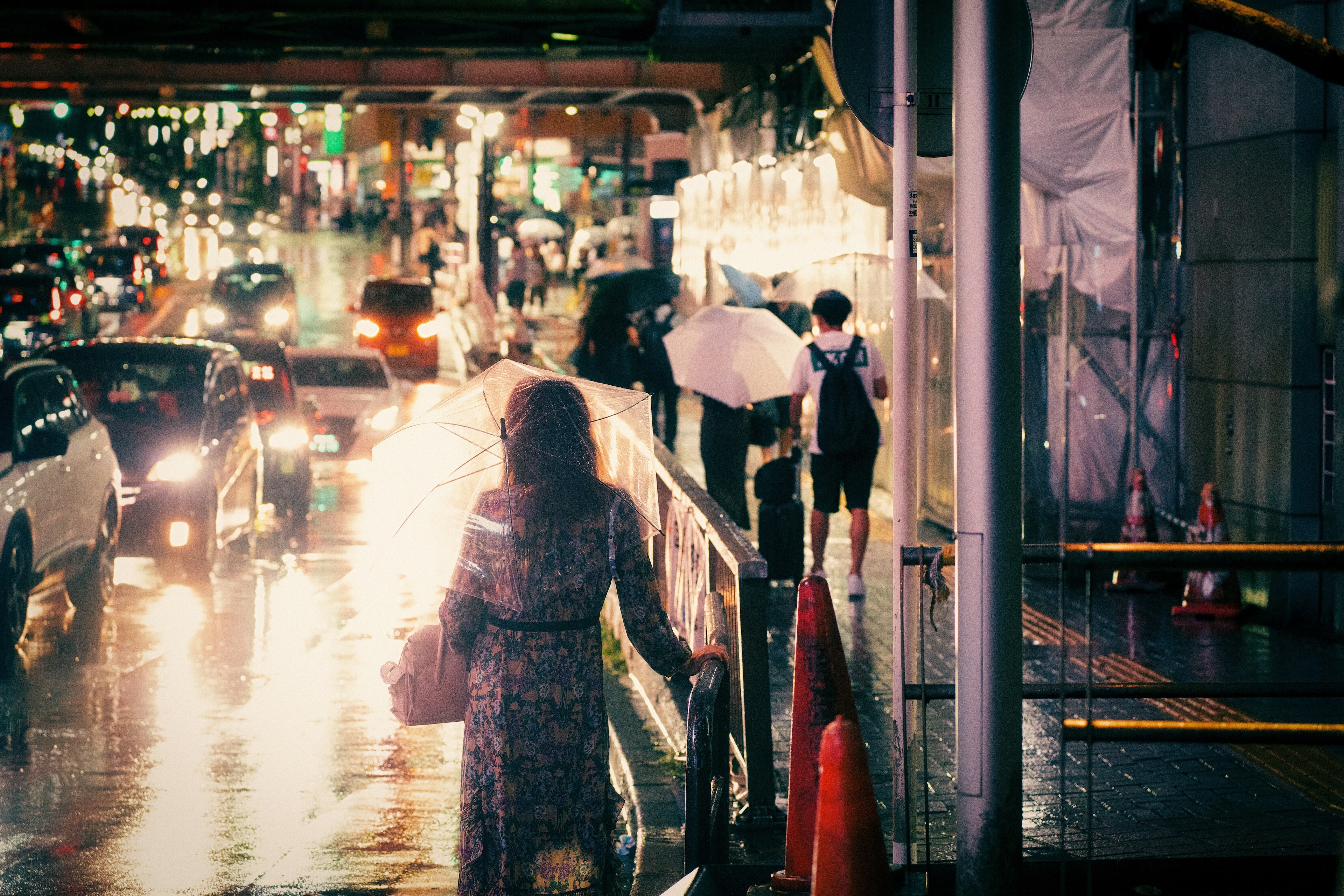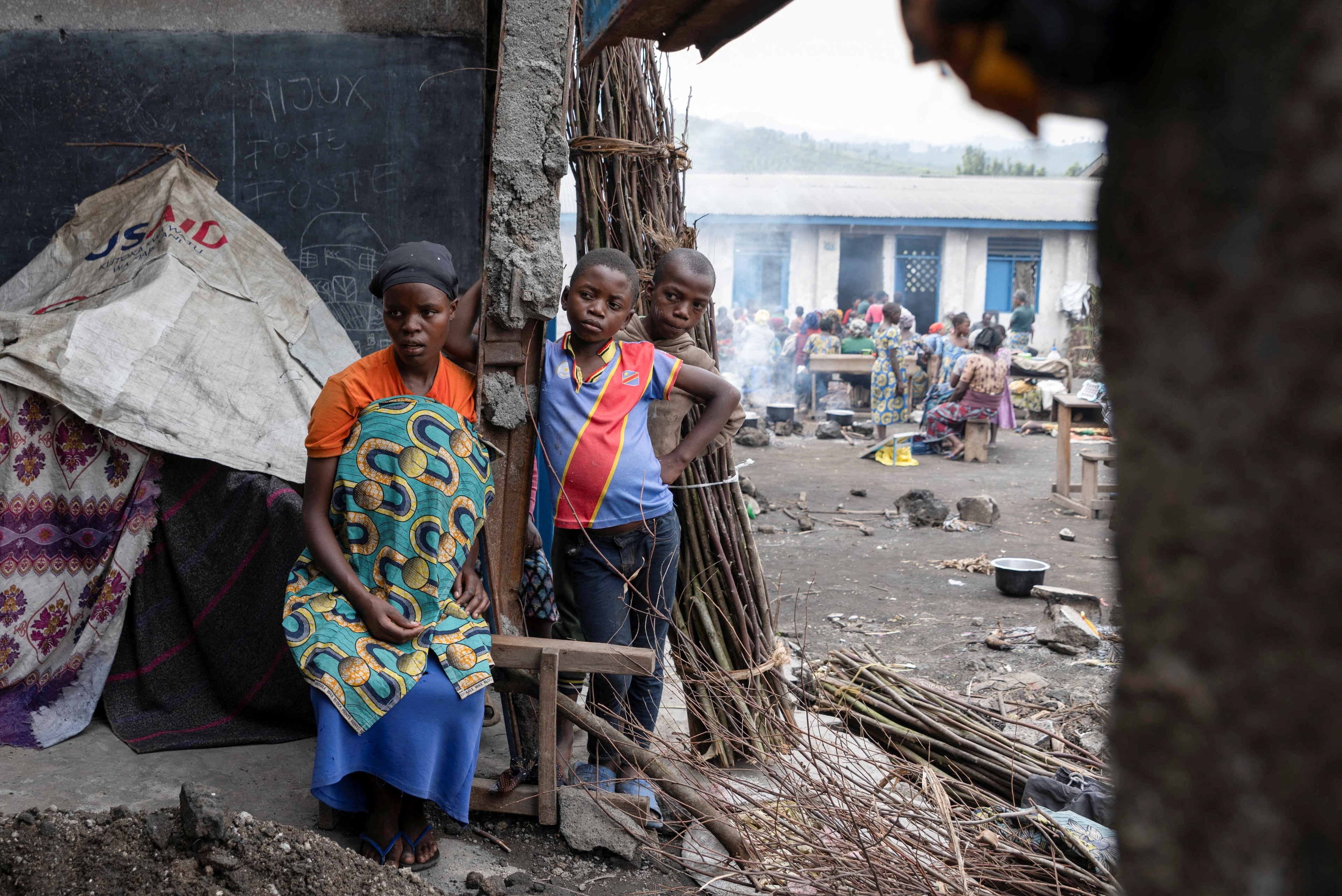Yellow vests, rising violence – what's happening in France?

Protestors wearing yellow vests hold a French flag during a demonstration against French government's pensions reform plans in Paris
Image: REUTERS/Benoit Tessier
Stay up to date:
France
- On the street, we see a tendency towards rising extremism across the political spectrum;
- Macron crystallizes the anger of all protestors and their language is getting more and more violent;
- Journalists, police and protestors are at increased risk during demonstrations.
In 2018, the price of petrol was the spark that lit the fire of the yellow vests, known in France as the “gilets jaunes”. In 2019, when people took to the streets again, it was against pension reform.
Many in France assume the two issues are separate, but my experience covering these protests, week after week, suggests these triggers are not the real issue. In fact, they distract us from understanding the big picture.
The media too plays a role in perpetuating an incomplete view. I’m troubled by how we tend to focus our reporting on the consequences of protest and not on its underlying causes.
I’ve watched the incremental retreat of the state from rural France: maternity clinics, district courts, army barracks, post offices and shops disappearing from the centres of small towns. The people affected by this retreat realized, thanks to the internet, that they were on the fringe. What the yellow vests gave them was visibility in the media and rapprochement with each other.
People who had stopped talking to each other as the town centres were hollowed out in favour of strip malls found each other again at the roundabouts where they gathered to protest. They shared their struggles and cast off the shame of feeling as if they had “failed” to stay in the middle classes.

Macron crystallizes the anger of all protestors and their language is getting more and more violent: “We’re going to hang the banker!” and “Macron, we’re coming to get you at your place!”
It would seem the French want a king so they can cut off his head.
While the 2019/2020 protests against pension reform – led by unions – look more organized and less explosive, the feelings are the same. Nothing, in fact, has changed except for the visuals. The yellow vests have disappeared from the streets, but the same people are meeting, planning future actions, and learning how to use the encrypted messaging app Telegram.
In late 2018, the extreme right and extreme left competed, in vain, to seize leadership of the movement. Still, their movements have gone from strength to strength in recent months.
What we see on the street – and what is not reported in the mainstream media – is this worrying tendency towards increasing extremism across the political spectrum. While the extreme right has increased “anti-migrant operations”, the extreme left is increasingly fronting protest processions with “Marx or Strike”. Their declared enemies are banks, the police and the state. Extreme Greens are also planning more action, some of it violent.

At the end of 2019, the national intelligence coordinator Pierre Bousquet de Florian warned: “We are facing an unprecedented ‘ensauvagement’ of our society with a degree of violence and a rapid rise to hatred.”
As journalists, we need security guards when covering routine large demonstrations. The forces of law and order are under extreme duress, both physical and mental, and the demand for private security services has never been higher. How much longer will the state be able to protect its citizens?
The cycle of violence is not peaking; this could be just the beginning.
Our “French-style” policing which dates back to 1968 is in the midst of a revolution. For 50 years the doctrine has been: "we keep demonstrators at a distance", no contact and no hand-to-hand combat. But in recent years, new techniques used by demonstrators and current events have disrupted this model:
Paris, January 2015: France is hit by terrorism, and police are hailed as heros.
Paris, Nantes, Toulouse 2016: Demonstrations against reforms of labour law. For the first time, journalists are issued helmets. The most radical demonstrators from the far left are at the back of the procession. Violence erupts at the end and police are unable to keep them at a distance. More and more arrests.
Paris, 1 May 2018: For the first time, a black bloc forms at the head of the procession and disrupts the demonstration. The union organizers are overwhelmed and very violent clashes ensue.
Paris, end of November 2018: First yellow vest demonstrations. Police are unable to maintain distance. The most radical elements are the most mobile and the police are stuck in static formations in the streets adjacent to the Champs Elysees. The avenue is devastated.
Paris, 8 December 2018: Law enforcement doctrine pivots. After the yellow vests “take” the Arc de Triomphe, police go on the offensive. In Paris alone, there are more than 1,000 “detentions” and 126 injured.
The Black Blocs are numerically in the minority in big demonstrations but they are driving all the changes in the police tactics and their growing malaise.
Mostly associated with anarchism, anti-globalization, anti-fascism, they are an ephemeral grouping of radical elements dressed in black clothing with ski masks or scarves to hide their faces. During big protests, they get support from abroad, mostly from Germany and the UK.

Police are being called up for duty on days off and divorce rates are rising. Anecdotally, one policeman spoke off the record about the term “yellow vest divorces”. Another told me that he had a double life: one Saturday, he would join his colleagues to protect the Champs Elysees; the following, he would be masked and among the demonstrators.
The tendency to ratchet up the violence is present on both sides. Tomorrow, a demonstrator, a police or a journalist could die in a demonstration in France. We are in uncharted territory.
I believe that journalists can play a role in regenerating the social fabric that keeps fuelling this “us versus them” divide.
- Proximity matters: the more distant an event is from us, the less attention it attracts. What counts for people is what’s happening within 10-15 kms. This requires local journalism that engages a younger generation.
- The media can facilitate a discussion about the need for a new social contract, one not centred on mass consumerism, but about our values as a society.
- The inter-generational divide should be addressed: the post-war generation is still stuck in the extractive mindset of the “30 glorious years” of full employment and mass consumerism. The Greta Thunberg generation is radically different, grounded in an awareness of environmental vulnerability and scarcity.
It is no longer clear what our responsibility is towards the subjects of our reporting and towards our viewers in the current situation of roiling, permanent, latent anger.
Don't miss any update on this topic
Create a free account and access your personalized content collection with our latest publications and analyses.
License and Republishing
World Economic Forum articles may be republished in accordance with the Creative Commons Attribution-NonCommercial-NoDerivatives 4.0 International Public License, and in accordance with our Terms of Use.
The views expressed in this article are those of the author alone and not the World Economic Forum.
Forum Stories newsletter
Bringing you weekly curated insights and analysis on the global issues that matter.
More on Resilience, Peace and SecuritySee all
Florian Krampe
July 31, 2025
Naoko Tochibayashi
July 28, 2025
Vanina Farber
July 21, 2025
Robert Piper
July 17, 2025
Resilience roundtable: How emerging markets can thrive amid geopolitical and geoeconomic uncertainty
Børge Brende, Bob Sternfels, Mohammed Al-Jadaan and Odile Françoise Renaud-Basso
July 9, 2025
Kate Whiting
June 19, 2025





